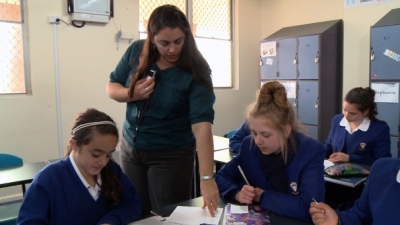Vision Education Scoping Report
In 2013, Media Access Australia undertook a study of vision education services to explore the wide range of issues faced by students who are blind or have low vision in Australian schools.
The study is a comprehensive review of the information and media needs of students who are blind or have low vision and the services offered within the public, Catholic and independent sectors. The report was produced through extensive consultation with service providers and support staff who generously gave their expertise.
Top of page


